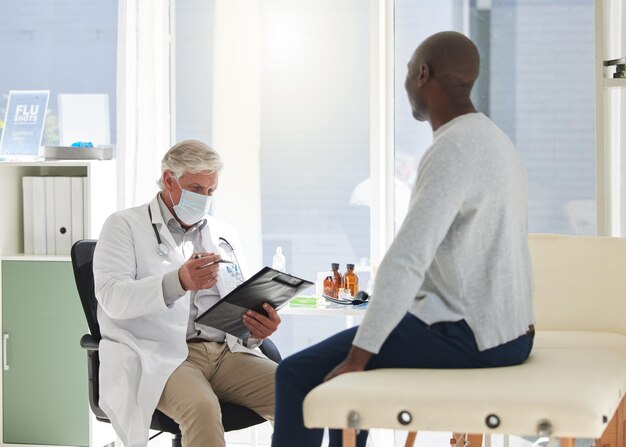Navigating Treatment for Pulmonary Hypertension: What You Need to Know
Pulmonary hypertension, a potentially life-threatening condition characterized by high blood pressure in the lungs' arteries, requires a multifaceted treatment approach to manage effectively. While a definitive "cure" for pulmonary hypertension isn't currently available, various treatment strategies focus on alleviating symptoms, slowing disease progression, and improving quality of life. Understanding these options is vital for patients and caregivers alike.
Understanding Treatment Options
Effective management of pulmonary hypertension often involves a combination of medication, lifestyle changes, and sometimes surgical intervention. Here are the primary treatments available:
Medications: A variety of medications are used to manage pulmonary hypertension, including:
- Endothelin receptor antagonists to help relax blood vessels and reduce blood pressure in the lungs.
- Phosphodiesterase-5 inhibitors which can improve blood flow through the lungs.
- Soluble guanylate cyclase stimulators, which reduce pulmonary artery pressure.
- Prostacyclin analogs that help to dilate the pulmonary arteries and reduce blood pressure.
Oxygen Therapy: Some patients benefit significantly from supplemental oxygen, especially those who experience low oxygen levels during activity or sleep.
Lifestyle Adjustments: Incorporating certain lifestyle changes can make a significant difference:
- Diet: Focus on a low-sodium diet to manage blood pressure.
- Exercise: Regular but moderate physical activity can improve overall cardiovascular health.
- Smoking Cessation: If you smoke, quitting smoking is an essential step to improving your condition.
Surgical Options: For some, surgery might be necessary. Atrial septostomy or lung transplantation can be considered for advanced cases where other treatments haven't been effective.
The Role of Financial Assistance
The path to managing pulmonary hypertension can be financially overwhelming for many. While prioritizing health, it's crucial to consider financial planning and assistance options that can ease the burden:
Government Programs: Programs like Medicare and Medicaid are essential resources for patients seeking medical coverage for their treatment. Each has specific eligibility requirements but can provide substantial support for medication and therapy costs.
Nonprofit Organizations: Numerous organizations offer assistance programs aimed at supporting patients with chronic illnesses. They can help with everything from medication costs to travel expenses for treatment.
Exploring Additional Support: Financial Aid and Education
Beyond immediate healthcare needs, consider long-term financial planning and educational opportunities that can help mitigate expenses:
Debt Relief Options: If you're juggling medical bills and existing debt, look into debt relief programs and credit counseling services that can help consolidate and manage your financial obligations.
Credit Card Solutions: Some financial institutions offer medical credit cards with special financing options. This can be a strategic way to manage high out-of-pocket costs over time.
Educational Grants: If you're pursuing education or need to change career paths due to your health, research educational grants that can make further learning more accessible.
Facing pulmonary hypertension requires not only medical management but also financial savvy. By exploring the multitude of resources available, patients can better navigate their health and financial well-being, setting themselves up for a more manageable future.
Financial and Educational Resources for Pulmonary Hypertension Patients
- 🏥 Medicare/Medicaid: Essential programs providing medical coverage for eligible individuals.
- 🎗️ Nonprofit Assistance: Organizations like the Pulmonary Hypertension Association offer direct support.
- 💳 Medical Credit Cards: Special financing for healthcare expenses.
- 📚 Educational Grants: Support for furthering education amidst health challenges.
- 💼 Debt Relief Programs: Options for managing and consolidating outstanding debts.

Related Topics
- a 66 Year Old Female With a History Of Hypertension
- Are Eggs Bad For Hypertension
- Are Eggs Good For Hypertension
- Are Endocrine Disorders Causing Hypertension Rare
- Can Adderall Cause Hypertension
- Can Alcohol Cause Hypertension
- Can Allergies Cause Hypertension
- Can Anemci People Get Hypertension
- Can Anemia Cause Hypertension
- Can Antibiotics Cause Hypertension